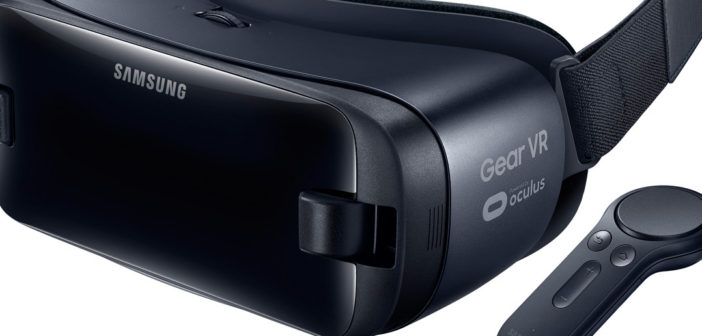By Pat Harper, chief technology officer at PGi
Virtual reality (VR) has great promise for the enterprise of the future. It has the potential to change the way we communicate, collaborate and present information. However, we still have a long way to go to understand the potential of the technology within the enterprise.
Virtual reality has the potential to disrupt the way business meetings take place in the future. Audio and web conferencing have become an integral part of doing business. Currently, however, there are some drawbacks and limitations including, difficulty in expressing or reading body language.
The Future Workforce Study 2016 from Dell, Intel and consultants Penn Schoen Berland, found that 57% of employees around the world prefer face to face conversations with colleagues. VR could be the answer to some of these challenges, and help personalise the collaboration experience within the enterprise.
VR goes to work
VR and virtual meeting spaces still have some way to go. It will be some time before these applications become commonplace, and, importantly, that the backend communication telecom and business network infrastructures are in place to facilitate the vast amounts of data that will need to be carried through data networks. But, despite this, we expect unified communications and VR applications to grow in the future.
VR has the potential to do more than create virtual meeting places in the workplace. It’s already being implemented for training and recruitment purposes. For example, Nasa is using VR to train astronauts for missions using flight simulators that replicate the space experience. Another example of a company embracing VR technology is Lincoln Electric which uses VR head-mounted displays (HMDs) to train their welders.
For recruitment, VR can also be used to streamline and improve HR processes, particularly in engaging potential new recruits. Further to this, it can be used to provide a prospective employee with a glimpse into their future role, as well as facilitate virtual company tours.
Marketing is a core part of improving sales. VR can provide new ways for the marketing and advertising industry to improve key performance indicators (KPIs). For example, in product testing, it can allow for larger focus groups to take place, with subjects participating from multiple locations.
This, of course, is beneficial to organisations with limited resources. Retail brand and marketing teams are already doing this by using VR to test how product placements on shelves affect the buying behaviour of the average consumer. By using VR, businesses create a virtual shopping experience for their test subjects, and allow them to pick up objects and examine the contents of what they plan to purchase. This data is often then used to guide and influence the way stores are laid out, often with profitable results.
VR for complex data
Companies process, collect and report on large volumes of data. As more data and analytics are available to us, the capabilities of expressing this information and data becomes more complex.
Businesses are always looking for ways to make the presentation of data more engaging and VR can assist in a more versatile way. It can offer the potential to engage the senses of sound, and touch.
Marketers are already implementing VR within the hospitality industry. Hoteliers are able to use VR to virtually transport prospective customers into hotels in exotic locations. This new marketing channel has potential for the travel and hospitality industries, to captivate and engage potential buyers.
VR has great potential to transform the way we work. Research firm, Statista believes that in 2018, the VR hardware market will reach a value of $7.3 billion. For those looking to adopt VR, it’s important to evaluate if the technology fits into your organisation, and your company culture. Once VR is seen as a good fit, it won’t be long until you reap the benefits and it becomes a central part of your workplace environment.
PGi is a dedicated provider of collaboration software and services.





